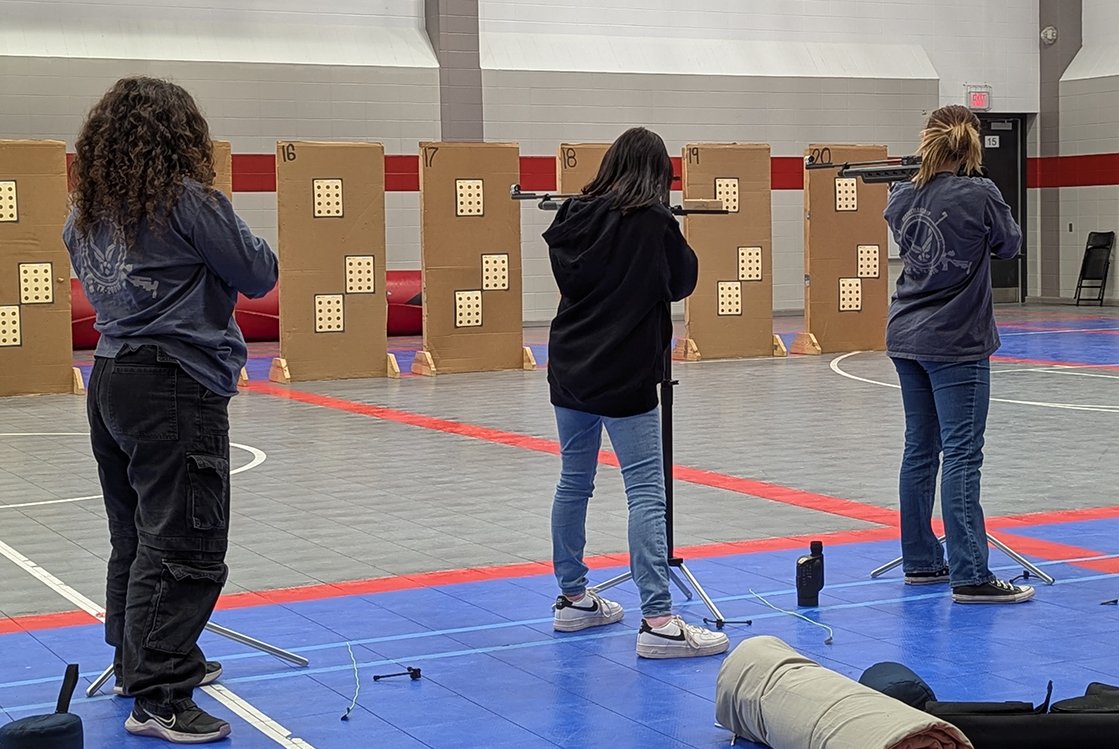 Math
Math
For decades, calculators and other limited technologies have been available in the typical math classroom. Yet, today, many math teachers are taking advantage of the opportunity afforded by technology to better the educational experience for their students.
One of the primary ways that this is done is by opening up new communication channels through services like Facebook Groups that allow students and teachers to be better connected outside of the classroom.
“I’m using Facebook as a tool for students to be able to help each other on homework problems, as well as a dialogue that if they have problems with homework, Calculus and Geometry teacher Mike McCarley said. “If other students can’t answer their questions, I can chime in from home.”
In addition to these communication tools, many math teachers have also started offering their notes, Powerpoints and homework answers online. By doing this, students can more easily access the content being taught in class.
“I have all my notes as well as solutions to the homework posted to the website, so if a student has to miss, say they’re in the doctor’s office and they have their smartphone, they can still call up [the notes],” McCarley said.
Foreign Language
In most classes, students are taught to keep quiet and refrain from talking, but, thanks to new computer access in the Languages Other than English department, foreign-language students can talk, and share their talking, more than ever.
“The production of projects is dramatically better, more engaging, and more interesting,” LOTE chair and German/French teacher Jan Krammer said. “For kids who are more advanced, one of the most important things is the ability to get immediate feedback in speaking because they can record themselves, watch themselves, critique themselves, and look at those recordings over time to see how they’ve improved.”
In these projects, Krammer said that students are also able to create more diverse products than they were able to before, using tools such as iMovie and Garageband.
With the greater access to technology, foreign language classes are able to offer better materials and sources for students to learn from.
“For foreign language kids in particular, we’re able to give them contact with up-to-date, authentic materials in the target language, whether that is short films on YouTube, or instructional materials that have been put together in other countries,” Krammer said.
Art
While art classes use physical tools to produce tangible works, teacher John Burrows is using technology as a way to help publicize and encourage student production through his classes’ blog. (http://www.burrowsart.blogspot.com/)
“[The blog] has changed the kids’ mindsets because they realize that other people are seeing it,” Burrows said. “There’s more to [the assignment], than turn it in, get a grade. They can show their parents, friends; everybody can see it. It’s helped them do more work of higher quality because they realize other people will see it.”
In addition to the blog, Burrows’ art classes also use cameras and computers as resources to pull from for their artwork.
“It definitely enhances the class because there’s definitely more resources for them to pull from, more for them to do, we also photograph a bunch of stuff,” Burrows said. “We use a bunch of different technologies, but the blog is really where we get it out to everybody.”





